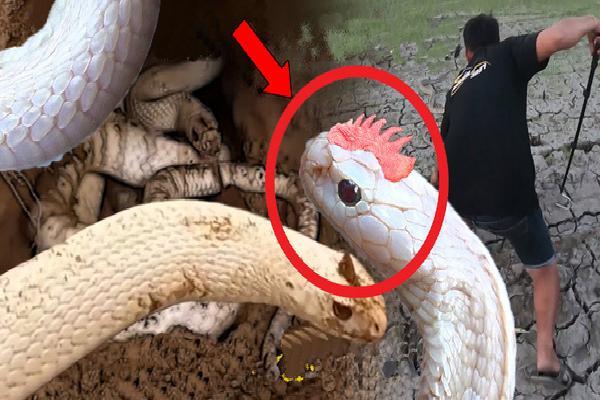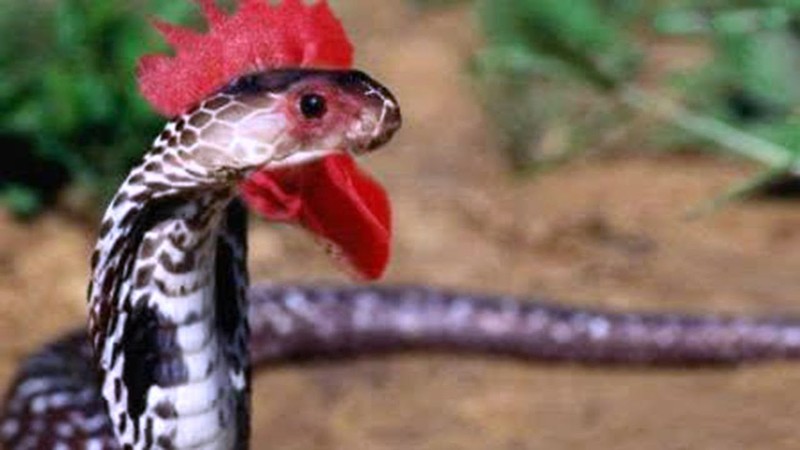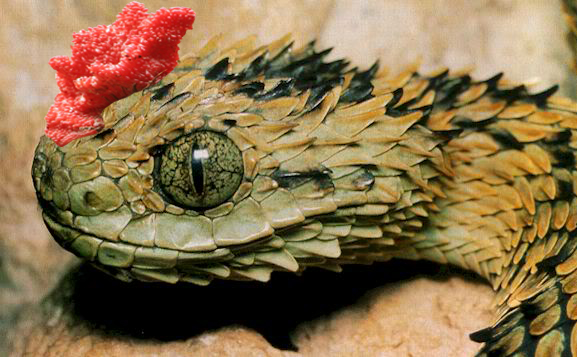The phenomenon of serpent deities with crested heads has intrigued and mystified people across cultures and generations. These awe-inspiring creatures, depicted in various mythologies and religious beliefs, possess a unique and striking feature—a majestic crest atop their heads that sets them apart from ordinary serpents.

Legends and folklore from different parts of the world speak of these extraordinary serpents, often revered as divine beings or symbols of power and wisdom. In ancient Egyptian mythology, the cobra-headed deity known as Wadjet was worshipped as the protector of Lower Egypt and the pharaohs. The distinctive uraeus, a serpent with an upright crest, adorned the headdresses of pharaohs, signifying their royal authority.

In Hindu mythology, the multi-headed serpent known as Shesha or Ananta serves as the seat and canopy for the god Vishnu, emphasizing its significance and association with cosmic balance. The crested cobra, often depicted with a raised hood, symbolizes protection, regeneration, and the eternal cycle of life and death.

These serpent deities with crested heads also find their place in Mesoamerican cultures. The Aztec god Quetzalcoatl, known as the Feathered Serpent, is depicted with a prominent crest that extends from its head down to its tail. Quetzalcoatl was worshipped as the god of wind, learning, and creation, believed to have shaped the world and humanity.

The crested serpent’s symbolism goes beyond mythology and spirituality. It has also been incorporated into various art forms, architecture, and symbolism. The ancient city of Tenochtitlan, the capital of the Aztec Empire, featured the Great Temple, known as the Templo Mayor, which showcased elaborate carvings and sculptures of serpents with crested heads.
The presence of these crested serpents in different cultures raises intriguing questions. What is the origin of this unique physical attribute? Is it purely mythical, or does it have a deeper symbolic meaning? Some theories suggest that the crested head represents heightened awareness, spiritual enlightenment, or even a connection to celestial realms.
Modern interpretations of these serpent deities continue to captivate and inspire artists, writers, and researchers. Their presence in ancient and contemporary cultures serves as a testament to the enduring fascination and symbolic power of these enigmatic creatures.
In conclusion, the phenomenon of serpent deities with crested heads transcends geographical and cultural boundaries. They embody mystique, power, and spiritual significance, captivating the human imagination throughout history. Whether worshipped as divine protectors, representations of cosmic forces, or embodiments of wisdom, these serpents with crested heads continue to evoke awe and wonder, inviting us to delve deeper into the realms of mythology and symbolism.